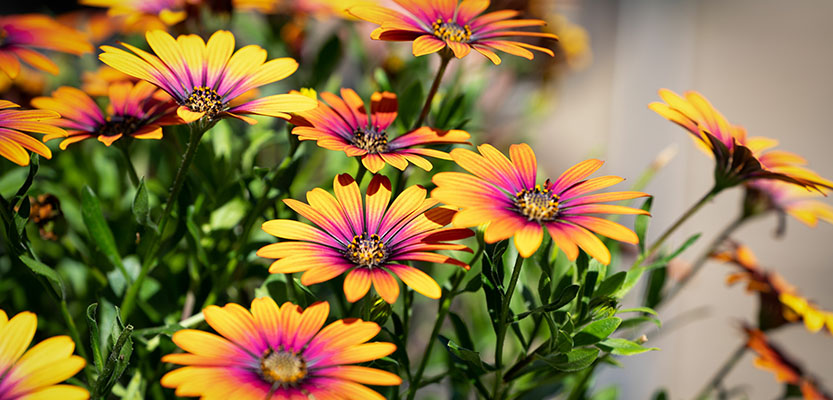
The African Daisy, scientifically known as Osteospermum, is a captivating and vibrant flowering plant that belongs to the daisy family Asteraceae. Originating from southern Africa, these daisies have gained immense popularity around the world due to their dazzling colors and unique appearance.
African daisies typically feature a central disk surrounded by rays of petals. The petals come in a wide array of shades including white, pink, purple, orange, and bi-colored combinations, creating a striking and cheerful display.
Usually Lasts
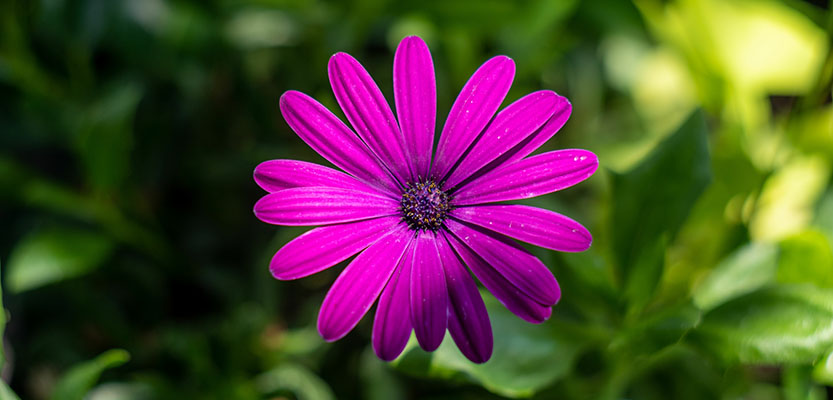
When properly cared for, African daisies can last anywhere from 5 to 10 days as cut flowers. As potted plants, they can thrive for several weeks to a few months, depending on the growing conditions and care provided.
Typical Availability
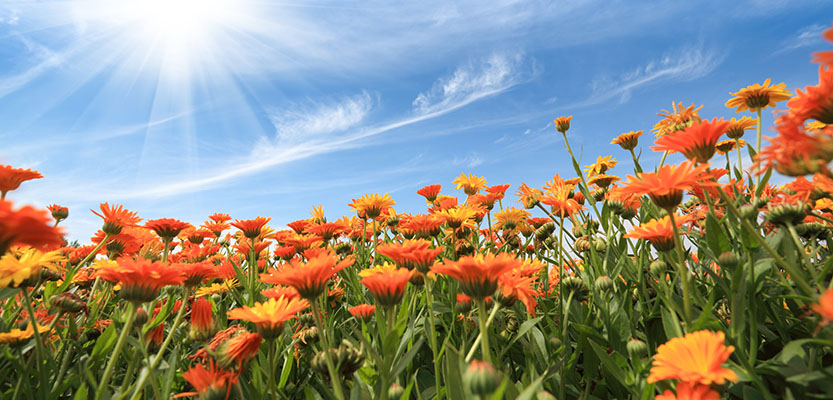
African daisies are commonly available during spring and summer months, as these are their peak blooming seasons. However, with greenhouse cultivation, they can be found year-round in many regions.
Care Notes
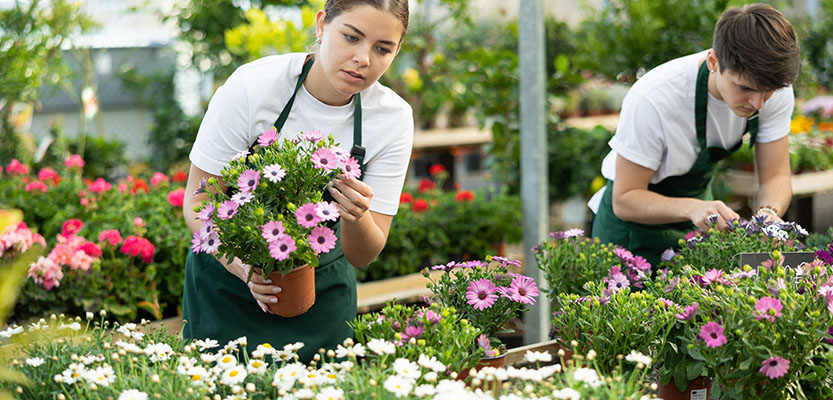
To ensure the longevity and vitality of your African daisies:
Watering: Keep the soil consistently moist but not waterlogged. Allow the top inch of soil to dry out between waterings.
Sunlight: African daisies thrive in full sun to partial shade. Aim to provide at least 6 hours of sunlight each day.
Temperature: These daisies prefer moderate temperatures between 65 to 75°F (18 to 24°C). Protect them from extreme heat or frost.
Soil: Well-draining soil is crucial to prevent root rot. A mix of potting soil and perlite works well for potted plants.
Fertilization: Feed with a balanced, water-soluble fertilizer every 4-6 weeks during the growing season to promote healthy blooms.
Deadheading: Regularly remove spent flowers to encourage continuous blooming and prevent energy wastage on seed production.
Pruning: Trim leggy growth and shape the plant after each blooming cycle.
Interesting Facts
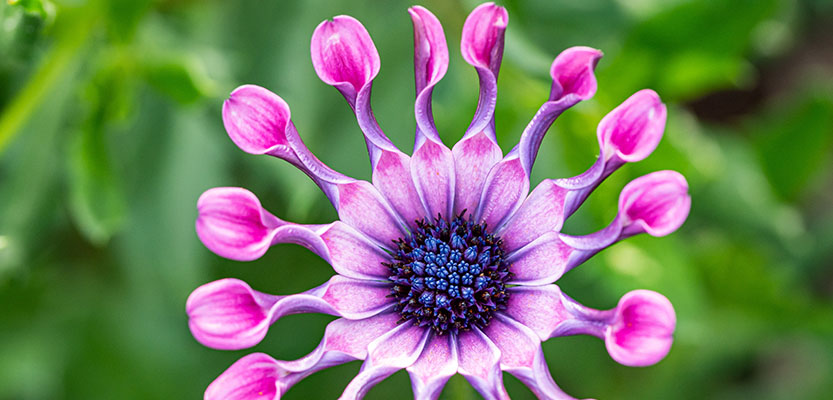
African daisies are native to the southwestern regions of Africa, including South Africa and Namibia.
The scientific name Osteospermum is derived from the Greek words "osteon," meaning bone, and "sperma," meaning seed, referencing the shape of the seeds.
These daisies are not only cherished for their ornamental value but are also considered beneficial for pollinators like bees and butterflies.
They close up at night and reopen during the day, a behavior known as nyctinasty.
Breeders have developed numerous hybrid varieties with unique color patterns and petal shapes, expanding the range of options available to gardeners and florists.








